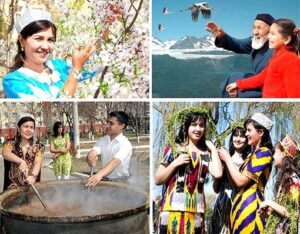

1 комментарий к “National traditions and holidays.“ Do you know national costumes? ””
Leave a comment
To post a comment you need to sign in.

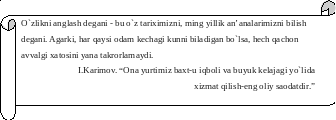 slide show and the idea is taught to students)
slide show and the idea is taught to students)


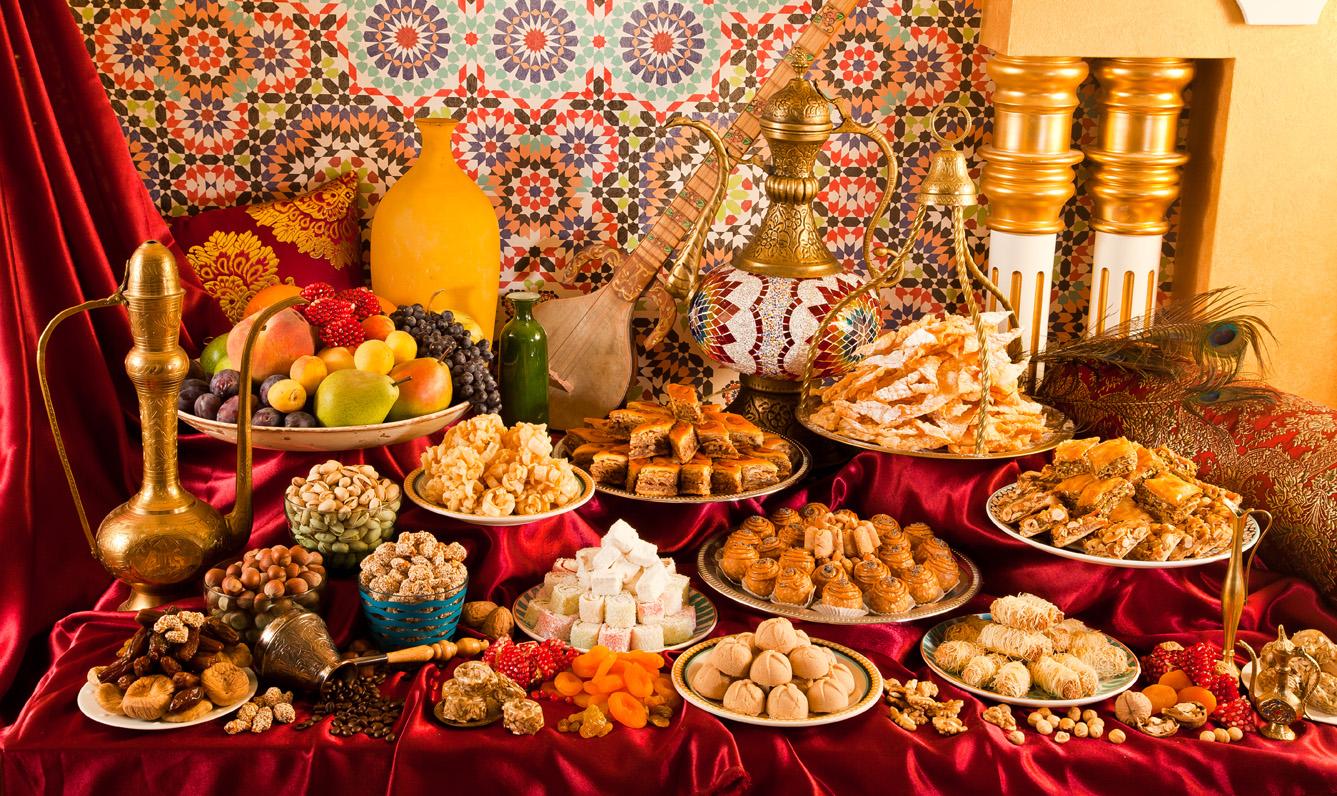
 a door wedding is a ceremonial celebration in which the baby is placed in a crib for the first time. This is one of the oldest and most common ceremonies in Uzbekistan. Usually this wedding is held on the 7th, 9th, 11th day of the baby's birth. In different regions, the ceremony has its own characteristics and depends on the level of wealth of the family: self-sufficient families usually hold this wedding on a large scale, while poor families celebrate it modestly . All the necessary andoms for the crib and the baby are given by the relatives of the baby’s mother.
a door wedding is a ceremonial celebration in which the baby is placed in a crib for the first time. This is one of the oldest and most common ceremonies in Uzbekistan. Usually this wedding is held on the 7th, 9th, 11th day of the baby's birth. In different regions, the ceremony has its own characteristics and depends on the level of wealth of the family: self-sufficient families usually hold this wedding on a large scale, while poor families celebrate it modestly . All the necessary andoms for the crib and the baby are given by the relatives of the baby’s mother.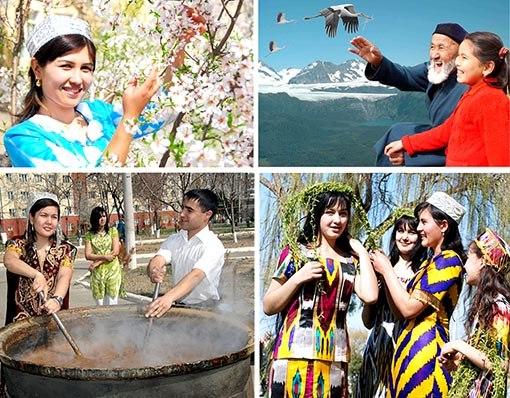
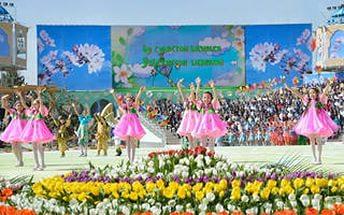
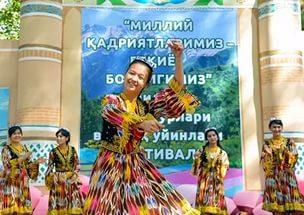
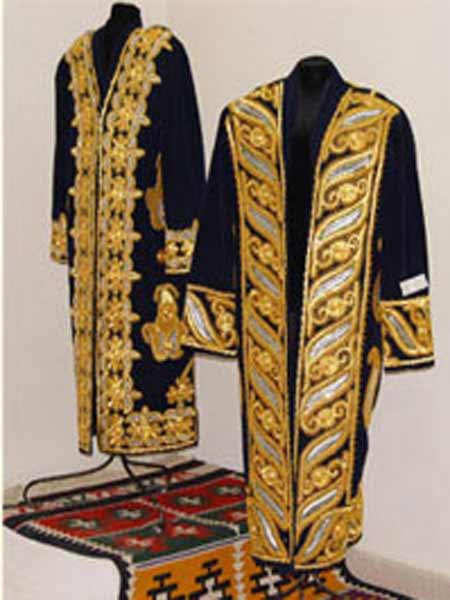
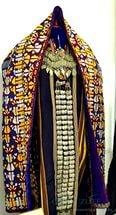
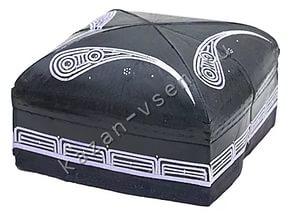
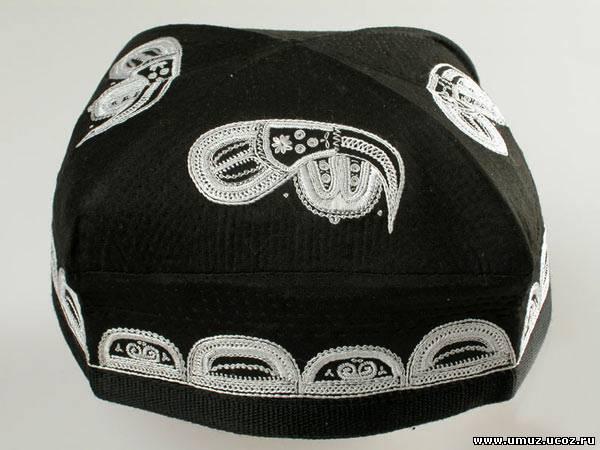
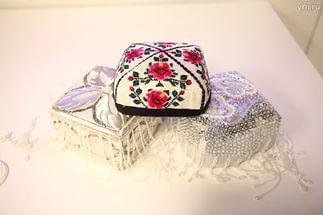
To post a comment you need to sign in.
Thanks for sharing your thoughts on Sultana charioteer howitzer.
Regards